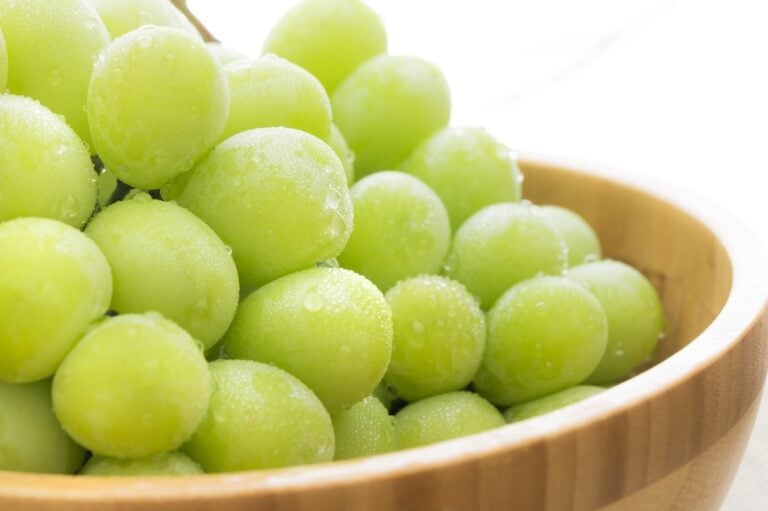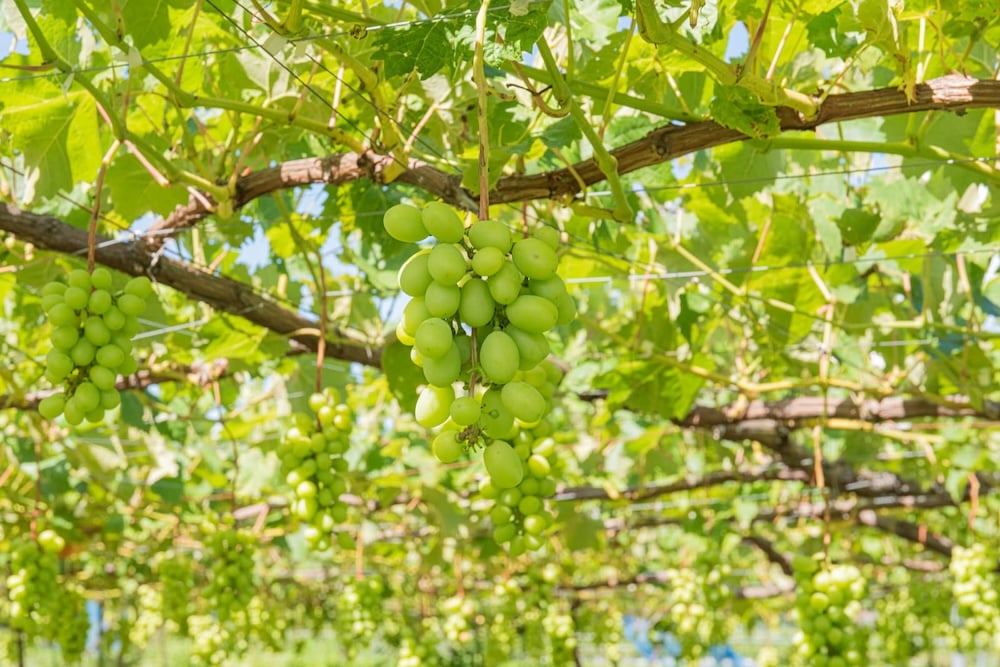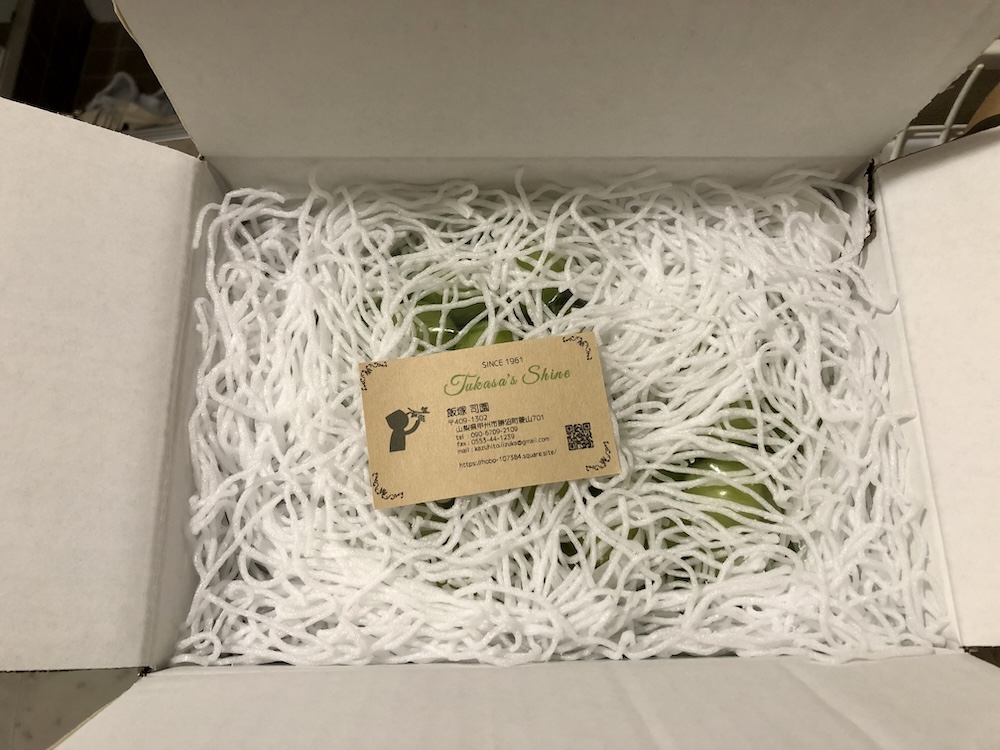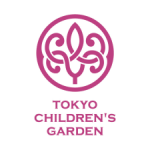
I’ll never forget the first time I saw what I thought were regular green grapes at the grocery store. A few things stood out to me. The first was their size – huge! Each grape was about half the size of a golf ball. As for their shape, they were almost perfectly even and round. Also, unlike the 50% chance of grabbing a mushy ball of goo from a grape bundle back home, these looked sure to deliver a 100% crisp on the outside and juicy on the inside success rate. But their size wasn’t the only thing bigger than I was used to – they were 10 times as expensive as the bags of grapes I was used to seeing back home! At the cheapest of supermarkets, bundles were going for at least 2000 yen apiece. Wander into a souvenir shop and you would be sure to see some for upwards of 5000 yen.
For that price tag, the grapes had better jump into my mouth themselves.
At the time, however, I didn’t realize that these were not your local Kroger’s bag of green grapes. They were called Shine Muscat Grapes (シャインマスカット). Contrary to what the name may suggest, they are not a rare variety of Sparkling Moscato. That being said, although they may not be rare when in season, they are as well-received as an expensive bottle of wine.
Some basics about Shine Muscat Grapes
The Shine Muscat Grape is one of the most prized fruits in Japan. Along with mangoes, melon, and certain types of pears, Japan takes fruits like these very seriously. The Muscat family of grapes is not exclusive to Japan, but this particular variety was introduced to the general public (after years of development) in 2006. In the years since, it has established itself as one of the most sought-after luxury fruits nationwide.
This unique variety of grapes is characterized by its shape and size – large and round, sometimes close to spherical; its flavor – sweeter thanks to its higher sugar content than conventional grapes, with an almost jelly-like consistency; and the bundle’s presentation – generally encased in soft Styrofoam netting to ensure no cosmetic damage during transportation. Also, the lack of seeds or tough skin on these bad boys means you can give them a simple rinse under cold water and enjoy right away! Each bundle yields approximately 30-40 grapes and weighs around 500 grams (a little over 1 lb). This is achieved through meticulous pruning during the growing season, where quantity is spared for the sake of individual grape quality.

But why are they so expensive?
The answer to this question comes in two parts: the technical, and the cultural.
On one hand, the mountainous topography throughout Japan limits growing space for not just these grapes, but almost all fruit sold in Japan. Additionally, there simply aren’t enough Shine Muscat growers to supply the demand enough to bring prices down.
On the other hand, from a cultural standpoint, there are two very important aspects that affect not only the price, but also the appearance of fruit: presentation and seasonality.
Presentation
Japan’s approach to fruit is very different to many western countries. It is generally seen as a luxury or special treat – not a common, everyday snack. For this reason, many Japanese people also give fruit as gifts. Accordingly, specialty fruit shops have very strict standards for which pieces they will sell. The care given to choosing fruit extends to its packaging, as well. It’s common for fruit to come wrapped in pretty Styrofoam and packed into wooden boxes. Even supermarkets are careful to regularly comb their supplies in search of bruised, molded, or otherwise blemished fruit.
Similar to traditional Japanese tea ceremony, flower arranging, or calligraphy, the attention to detail is an undeniably Japanese quality that makes fruit-gifting well worth the price tag every once in a while.
Seasonality
Japan is a country that prides itself on the existence of all four seasons throughout the year. Indeed, many foreigners have been asked the perplexing question, “Do you have four seasons in your home country?” Accordingly, supermarkets and specialty shops in Japan feature limited-time products and flavors of many different foods throughout the year. Ever heard of sakura-flavored candy? Or 栗(くり) – Japanese chestnuts? Both these and many other flavors have come to be associated with certain times of the year due to their scarcity or nonexistence outside of those time frames.
For many foreigners who have recently moved to Japan, a favorite product becoming unavailable at certain times can be a source of annoyance. But over time, people generally come to appreciate the evanescence of seasonality culture in Japan. It makes for so many goodies to look forward to throughout the year!
When to look for them?
At this point I’ve probably convinced you that it’s worth splurging at least once on these spherical delicacies.
Now that you’ve decided to buy a bundle, you’re probably wondering when the best time to buy these grapes is. Shine Muscat Grapes are easiest to track down between August and October. You might find some just before or after, but don’t count on it. I recommend ordering directly from a vineyard, if possible. Tukasa’s Shine, located in Yamanashi Prefecture (山梨県), is a great option that provides fast shipping within Japan. Of course, Shine Muscat season is over, so mark your calendars for when they resume shipping in September! Note that their website is in Japanese, but you can always use Google translate to help you place an order.

How to store them?
Once you’ve bought some grapes, you might be wondering how to prepare and store them. Similar to strawberries, make sure you wash them just before eating. If you don’t plan to eat the whole bundle, consider removing the pieces you wish to eat and washing them by themselves. It’s also important to keep the bundles in a cool, dry place. Storing them on the counter is acceptable, but they’ll keep much longer in the fridge.
As for shelf life, I’ve always been told that Shine Muscat Grapes are best consumed within 3-5 days, even if you store them in the refrigerator. However, in my experience, they’re still delicious for up to a week.
Shine Muscat Grapes, although pricey, more than make up for it through their flavor, presentation, and the compliments you’re sure to receive if you choose to give them as a gift. Although you likely won’t be able to snag a bundle until August or September, you can start practicing your seasonal appreciation by looking forward to them until then!

















